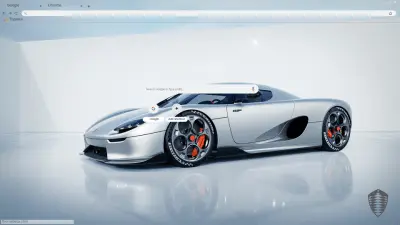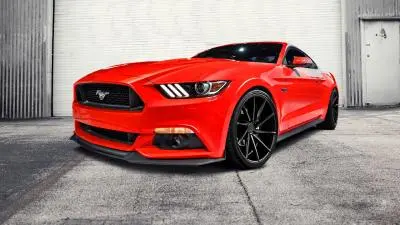
2019 Lamborghini Aventador SVJ
When the Lamborghini Miura was simply not enough, the company introduced the Miura S at the Turin Motor Show in 1968. The S brought about a new level of sophistication and an extra 20 HP with improved Pirelli tires. When that was not enough, the Miura SV was introduced in 1971. An acronym for Super Veloce, the SV largely became the most iconic and sought-after of the marque. Subtle styling differences separated the SV from the rest of the Miura family, but also a stout 380 HP on tap from the 4.0L V-12 made it the most powerful production Lamborghini at the time. In 1970, it was thought that Lamborghini should dip its toe in the racing world and called on its test driver, Bob Wallace, to create a Miura that would conform to the Fédération Internationale de l'Automobile (FIA) Appendix J racing regulations. Sticking to the rules of the book, Wallace and the team created the Miura SVJ, which became known as the Jota. After extensive testing and the company electing not to go racing, the original Miura SVJ was sold to a private buyer. Sadly, the car was crashed in Brescia, Italy, and burned to the ground. Six Miura SVJs were produced while the Miura was in production, one built new and five built from original SV cars. The SV and SVJ nomenclature would largely lay in dormancy until the 1990s, when it was resurrected on the Diablo and subsequently the Aventador. For 2018, the Aventador SVJ LP 770-4 was introduced in coupe and roadster form at the Pebble Beach Concours d’Elegance creating quite the stir. As extreme as extreme could be, the Aventador SVJ boasted a 6.5L/759 HP 48-valve V-12 engine with multiport fuel injection, all-wheel drive and an automatic transmission among a smorgasbord of specialized aerodynamics helping to hold the car on the ground. According to Lamborghini, the SVJ would sprint from 0-60 MPH in 2.9 seconds and top out at nearly 220 MPH. On top of that, it was laden with technological features and luxury amenities pressing it well into the stratosphere of the world’s most exclusive.
































